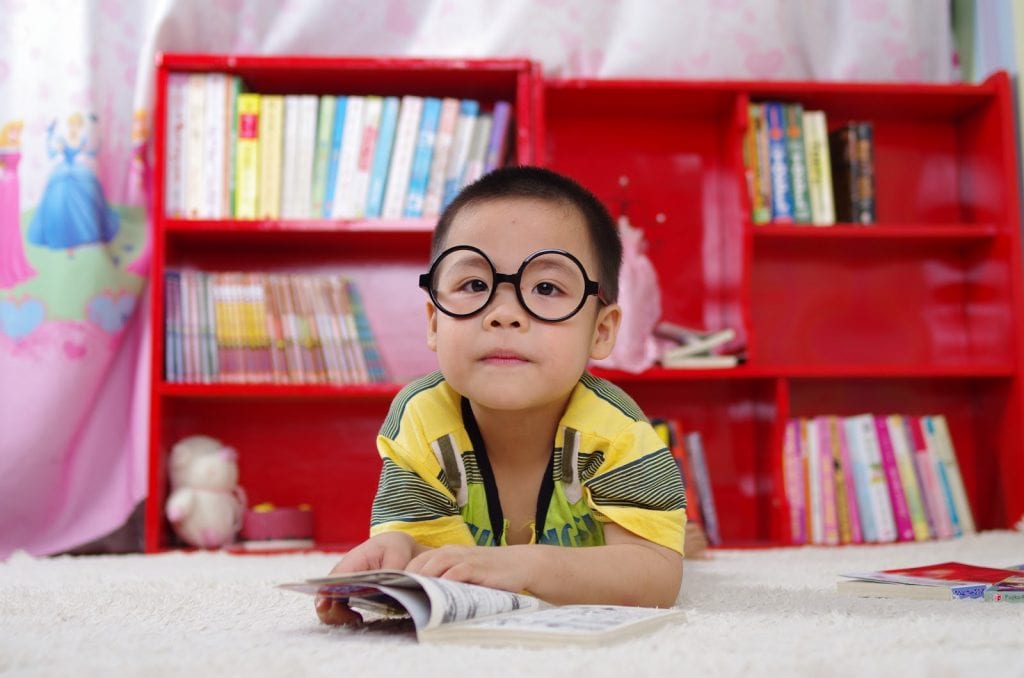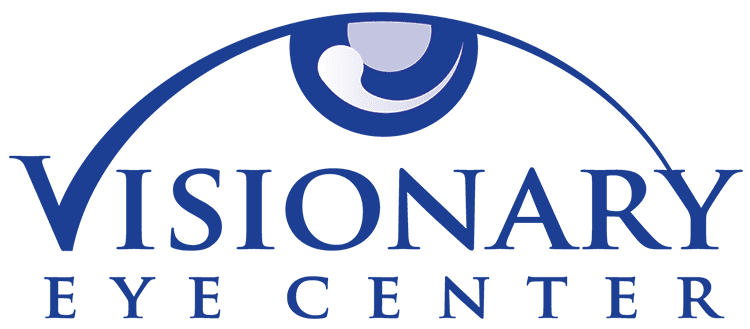SHOP DRY EYE CARE TODAY!
Use code VISIONARYEYE20 at checkout for 20% off!
Myopia is the condition that is commonly referred to as nearsightedness, and recent studies have revealed that it is becoming increasingly common in children. Myopia is caused by the lengthening of the eye from front to back, and consequently, light is focused in front of the retina and not directly on it—causing far-away objects to be blurry. Myopia progresses quickly in children if not treated, but there are now multiple myopia control options that can slow down or the progression.
So you may be asking yourself what exactly is myopia control? It is the use of treatments, medicines, eyeglasses, and contacts to reduce the progression and risk of eye disease from myopia.
 The most crucial aspect of myopia control is being proactive. This means communicating early and often with your eye doctor. Later complications from myopia can include serious, even life-threatening, complications such as glaucoma, cataracts, retinal detachment leading to blindness.
The most crucial aspect of myopia control is being proactive. This means communicating early and often with your eye doctor. Later complications from myopia can include serious, even life-threatening, complications such as glaucoma, cataracts, retinal detachment leading to blindness.
In regards to children—because they are still growing—even if they aren’t experiencing eyesight problems, it’s important to take them in regularly to get their eyes checked. There is a much greater chance of success with the myopia control options if you are proactive and aware.
Experts say that adults and children should be getting at least 2 hours of sunlight per day to reduce the chance of myopia onset. Studies are inconclusive at this time whether this prevention technique helps slow progression in children that already are myopic.
The best thing to do to start is getting with your optometrist to create a personalized treatment plan. The most common myopia control options are atropine eye drops, multifocal contacts, orthokeratology (Ortho-k), and special types of glasses.
Atropine eye drops: As more and more people are being diagnosed with myopia, atropine eye drops have come out as one of the most effective control options. Multiple studies have shown the higher the dose of atropine the better the control. Atropine in higher doses dilates the pupil, but studies have also shown very low dosages (.01-0.05%) can effectively slow myopic progression without bothersome side effects.
The use of a low dosage drop—used usually before bed—has shown to substantially slow the effects of myopia in children compared to those who don’t.
Multifocal contacts: Multifocal contact lenses have also been proven to be effective. The FDA even recently approved the MiSight 1 day for myopia control, the first soft contact lens to carry such designation. This option can be used as a sole treatment or in combination with low dose atropine.
Bifocal Glasses: Lined bifocals have been shown to slow myopia correction by a small but meaningful amount. If your child is hesitant about eye drop and contact lens options this is a great alternative to get them started on myopia control therapy.
Orthokeratology (Ortho-k): Ortho-k has been at the forefront of myopia control options for many years. They are a set of gas permeable contacts worn at night that gradually reshape your eye, eliminating the need for daytime glasses or contacts as well as slowing the progression of myopia.
This control option is becoming increasingly popular because it is a non-surgical alternative to LASIK.
The prevalence of myopia has increased dramatically in the United States over the last 50 years, with almost 40% of the US population being nearsighted today, compared to just 25% in the 1970s. While genetics play a key role in many patients, environmental aspects like increased time indoors and increased levels of near work have also been implicated in this dramatic rise. As myopia can occur even in children with no family history, it is imperative to talk with your child and see your optometrist often.
Myopia studies are increasing, but doctors are unable to offer a foolproof explanation of who will or will not develop myopia or significant myopic progression.
 Factors include increased screen time, decreased time outdoors, and long periods of near work like reading. Studies have also shown that the under-correction of myopia in eyeglasses or contacts may contribute to myopia progression.
Factors include increased screen time, decreased time outdoors, and long periods of near work like reading. Studies have also shown that the under-correction of myopia in eyeglasses or contacts may contribute to myopia progression.
As technology becomes increasingly integrated into our everyday lives, it is also posing health risks. While the evidence is not clear cut, many doctors agree that there is a correlation between screen time and the increased prevalence of myopia.
A study from the Singapore Eye Research Institute concludes that since the introduction of smartphones and tablets there has been a rise in myopia, but the results are “mixed.”
Visionary Eye Center strives to provide all of our patients with custom eye care and the knowledge to make the best decisions for their care. To learn more about our Reno myopia control services, contact us to get started!
 775.827.1100info@visionaryeyecenter.com8175 South Virginia Street Suite B-900
775.827.1100info@visionaryeyecenter.com8175 South Virginia Street Suite B-900